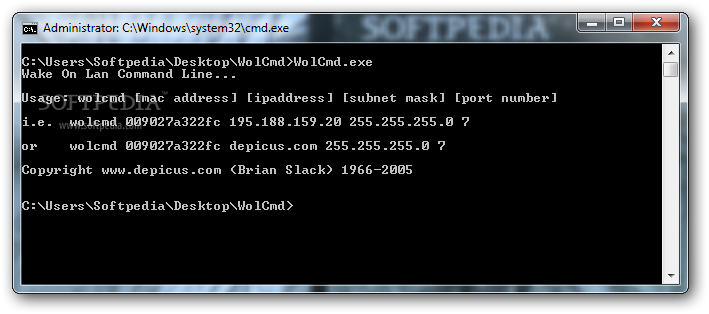

- SSH ON MAC COMMAND HOW TO
- SSH ON MAC COMMAND MAC OS
- SSH ON MAC COMMAND PASSWORD
Set up public key authentication using SSH on a Linux or macOS computer For help, see Get started with Two-Step Login (Duo) at IU and Help for Two-Step Login (Duo). If you have questions about how two-factor authentication may impact your workflows, contact the UITS Research Applications and Deep Learning team.

SSH public key authentication remains an option for researchers who submit the "SSH public key authentication to HPS systems" agreement (log into HPC everywhere using your IU username and passphrase), in which you agree to set a passphrase on your private key when you generate your key pair.

Two-factor authentication using Two-Step Login (Duo) is required for access to the login nodes on IU research supercomputers, and for SCP and SFTP file transfers to those systems.

Therefore, you must either be able to log into the remote system with an established account username and password/passphrase, or have an administrator on the remote system add the public key to the ~/.ssh/authorized_keys file in your account.
You need to be able to transfer your public key to the remote system. This document includes instructions for generating a key pair with command-line SSH on a Linux or macOS computer, and with PuTTY on a Windows computer. The computer you use to connect to the remote server must have a version of SSH installed. If the remote system is using a different version of SSH (for example, Tectia SSH), the process outlined below may not be correct. The information in this document assumes the remote system uses OpenSSH. The remote system must have a version of SSH installed. Conceivably, you can share the public key with anyone without compromising the private key you store it on the remote system in a. You keep the private key a secret and store it on the computer you use to connect to the remote system. SSH public key authentication relies on asymmetric cryptographic algorithms that generate a pair of separate keys (a key pair), one "private" and the other "public". SSH ON MAC COMMAND PASSWORD
Using SSH public key authentication to connect to a remote system is a robust, more secure alternative to logging in with an account password or passphrase.
Set up public key authentication using PuTTY on a Windows 11, Windows 10, or Windows 8.x computer. Set up public key authentication using SSH on a Linux or macOS computer. On future connections, the client will reference this verified public key to ensure that you are still connecting to the same server by referencing the known_hosts file.īoth the client and the server negotiate a session key which is used to encrypt and decrypt the data sent during the SSH connection.įinally, the server authenticates the client using an SSH key (if available and used). The first time you connect to the server, you will be asked to verify the public key of the server. The SSH process uses symmetric encryption, asymmetric encryption and hashing in order to securely connect the client to the remote server. SSH utilizes TCP port 22 by default, although this can be changed to a non-standard port. SSH ON MAC COMMAND HOW TO
In this article, we'll outline how to SSH to a server using the Terminal program on OS X Mac.
SSH ON MAC COMMAND MAC OS
Mac OS features a built-in SSH client called Terminal which allows you to quickly and easily connect to a server. SSH or Secure SHell is an encrypted connection protocol which is used to connect to the command line interface of a remote machine.








 0 kommentar(er)
0 kommentar(er)
